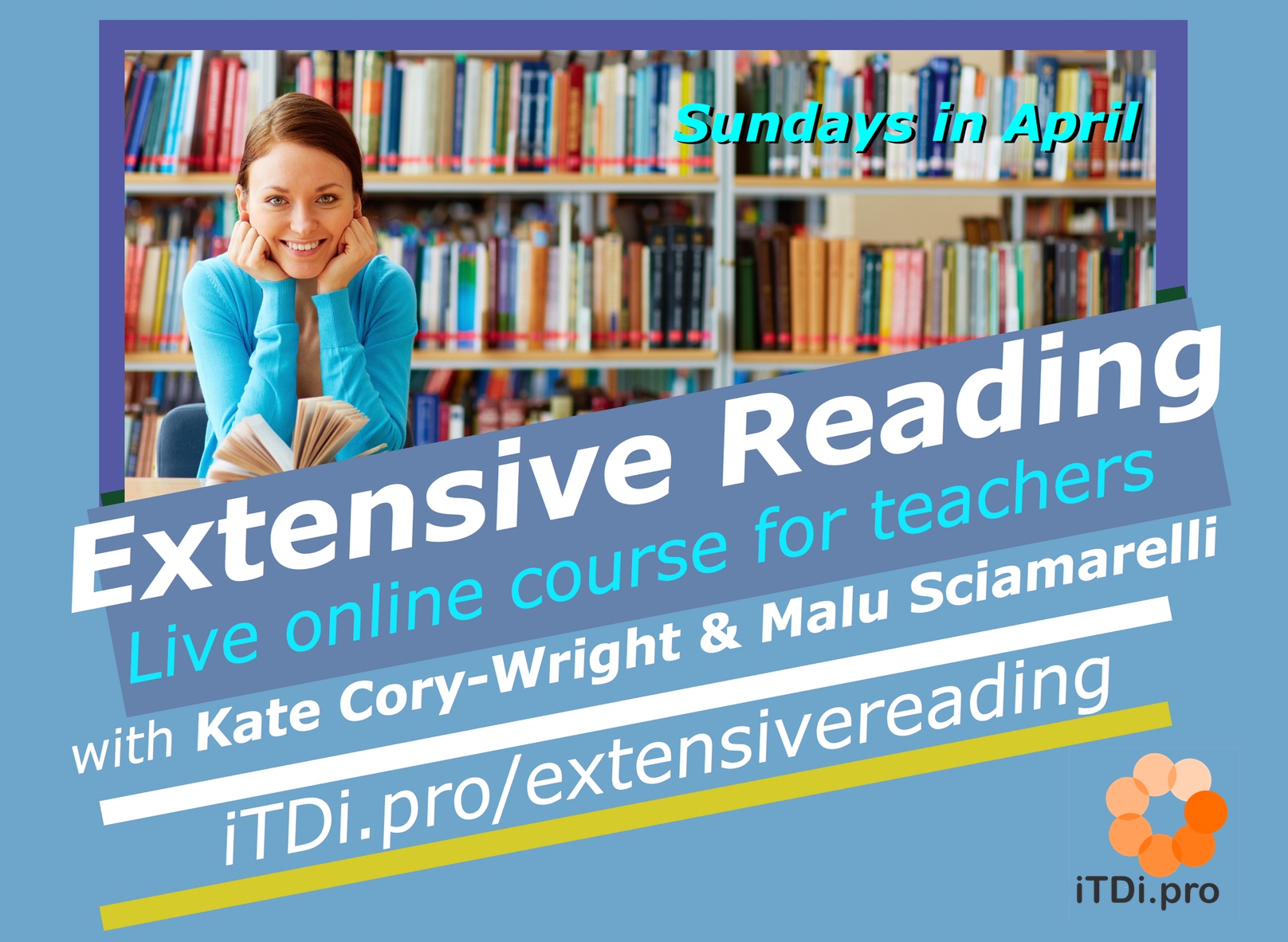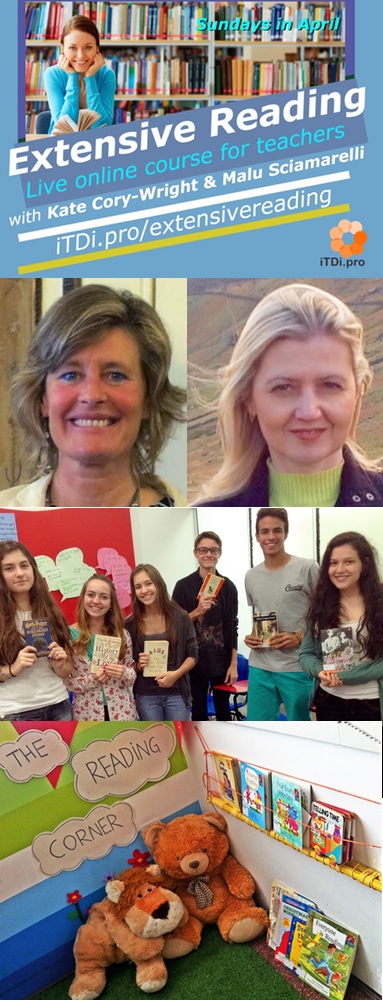
Like many other native English speakers who began teaching in Japan in the 1990’s, I was barely trained (a six-week TESOL course in the U.S.) and unprepared to face classes of 40 elementary school students. At that time, there were no guidelines or set teaching materials. I had a mentor named Yamaguchi-san, but after an initial meeting and the obligatory Welcome-to-Japan drinking party, he abruptly fell off my radar screen and was not heard from again.
With no syllabus to follow and a dizzying number of classes to be taught, I kept myself from panicking by doing what I did best: storytelling. Unlike some of my fellow ALT’s (assistant language teachers), I was fluent in Japanese and knew how to both charm and discipline my students in their native language. Attempt to teach forty small Japanese children in English? Far too risky! I couldn’t tell jokes or clever stories, and if they failed to fall for my charm and misbehaved, I couldn’t scold them properly, either. So I taught what would best be termed as “cultural lessons”, using Japanese and giving key vocabulary and phrases in English. Apparently, this was fine with the Board of Education and homeroom teachers as well, but it certainly couldn’t have been called English conversation.
After my stint in the elementary schools, I opened a private language school for children. I began using more English, yet teaching in a Japanese framework had become so comfortable and familiar that I was reluctant to try teaching by immersion. By using my students’ native language, I was able to explain in detail, to teach grammar, to tell funny stories, to give cultural information, and to discipline little ones who tested my patience. All this seemed reasonable to me, and since I had few teacher friends at the time, no one was around to give me a gentle prod and suggest otherwise.
I taught in a mixture of English and Japanese for over ten years until I closed my school temporarily to attend graduate school in Tokyo. At university, immersing myself in the formal study of SLA (second language acquisition), I began to scrutinize my own teaching style according to the empirical studies I read. What were “principles” exactly, and did I have them? What kind of practical changes could I make when I re-opened my school to ensure that students were actually acquiring language and not just enjoying the songs and games? I was especially curious to see what SLA research had to say about ESL and EFL teachers’ use of their students’ mother tongue, but there seemed to be no clear answers. My Rod Ellis survey of the history of SLA research included several studies of teachers who used their students’ L1 to teach English. Ellis summarized the findings by suggesting that when it was easier to use the students’ mother tongue many teachers did so, switching back and forth between languages at their own convenience… gulp … just as I had been doing??
Finishing up my TESOL degree, I was determined to give my students more and richer input in English and to challenge them to work out meaning for themselves rather than handing them the explanation in Japanese. Yet when I re-opened my school seven months ago, I chose not to teach by total immersion, but instead to set clear boundaries for language use. Here’s basically how it works.
Lessons begin with a circle time on a large, soft carpet; that’s the “All English area”, where I work on communicating rather than “teaching” per se. Students expect to listen to and respond in English and, though the first few weeks were pretty hairy, it’s not such a big deal now. Why had I not believed my students could do this in the first place? For me, the most miraculous part about the carpet time is that even the youngest children are relaxed and well-behaved without physical place markers such as chairs or cushions to sit on. They come closer naturally when they’re interested in a book or an object, and move back a bit when they need their own space. Since the carpet time is about communication in English, I have stopped using the phrase “Repeat after me!” Actually, it’s a huge relief, as those words never came naturally to me in the first place. Communication is about give-and-take rather than repetition, which in the case of small children takes care of itself through songs and chants. And so I spend the first 30 to 45 minutes of each lesson (depending on the age of the students) turning myself inside out in order to be intelligible and interesting to my students, and to draw out appropriate, enthusiastic responses. My friend Scott calls this “Emotional Positioning”, and when the lesson content is genuinely interesting and meaningful to my students, I know it by their response.
From the carpet, we move to the table for a short snack break. As the students eat rice crackers and drink tea, they exchange stories from their various elementary schools… in Japanese. This is not only allowed but encouraged as group bonding time and also as fodder for my carpet time lessons. I get a feel for what the kids are interested in and what excites them. It’s also a brain break after the intense concentration of the immersion session.
And lastly, we move to the “Phonics Area”, where I use both English and Japanese to tell silly stories about alphabet shapes, guide students through pronunciation challenges, and help them to decode (or code) words and sentences. They’re allowed to use Japanese to ask and answer questions, but mostly they’re absorbed in the sounds of English and engaged in matching them to written words or transcribing them into writing.
Am I a better teacher now, with a TESOL degree under my belt? Well, I’m certainly more passionate about the process of meaningful communication (rather than focusing on class control and teaching in an additive fashion ). I’ve also drawn clear boundaries according to language learning principles: time spent immersed in meaning-focused L2 input; time spent recharging the brain and relaxing in the students’ L1; and time spent using both languages to work on literacy skills. Most importantly, I’m now hyper-aware of how my students seem to learn best and what things they want to know. After all, that’s the starting point, rather than a syllabus of structures and vocabulary that they should know. And it’s worth all the time and trouble when young learners begin to use language spontaneously. In fact, that’s when teachers like me stop worrying about our own charm and let ourselves be charmed by our students. They’re in the process of forming an interlanguage, and while we may not be the directors, we’re the witnesses. How about that as an awesome reward after a long day’s work? I’ll take it, thanks!













